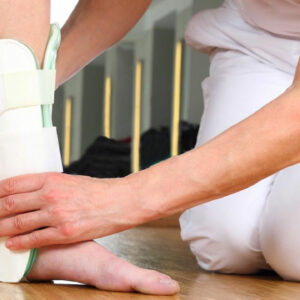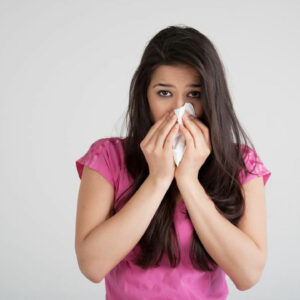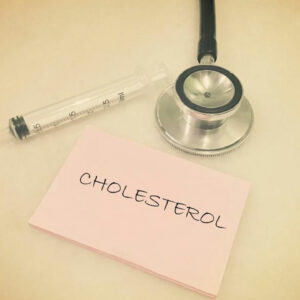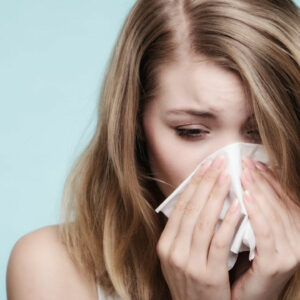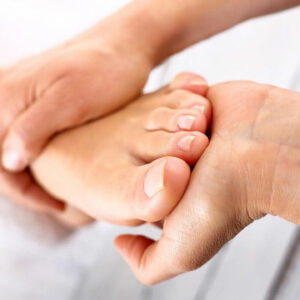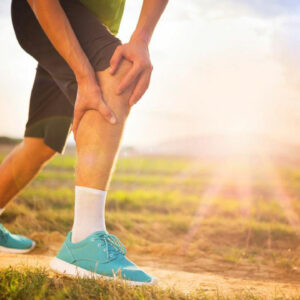
01
6 Reasons that Cause Leg Pain
There are various reasons why people suffer from leg pain. While one of the common leg pain causes is the physical activity such as exercise or sports, some people suffer from leg pain due to some severe illness conditions. Sprains and strains are common due to physical activity. The ligaments and muscles are the most affected areas due to strains and sprain. The calf muscle, thighs, elbows, etc. are the most affected parts during sprains and strains. Usually, sprains and strains do not require medical care, and some times a spray can help in reducing the swelling and pain. Here are some of the reasons other than physical activity which cause leg pain: Peripheral vascular disease Peripheral vascular disease (PVD) is a disease which is related to the blood vessels. The disease is caused due to blockage, narrowing down of the blood vessels related to heart and brain. This disease can affect arteries, veins, stomach and other parts of the body. The disease affects the blood vessels where they become barrow which reduces the flow of blood. The arteries get hardened, or blood vessels get spasms which restrict the flow of blood. These blood vessels, arteries, or veins can be affected anywhere in the body and especially when they are affected in the legs, they cause leg pains. There are two types of PVD known as functional and organic. In functional peripheral vascular disease, the physical damage of the blood vessels is not done. The blood vessels can get narrowed or widen, which can decrease the flow of blood. In the functional PVD, the blood vessels show the response in an extreme way whether it may be widening or narrowing due to the factors such as stress, temperature changes, etc. Deep vein thrombosis When one suffers from deep vein thrombosis (DVT), blood clots are formed in blood veins which are deep inside the body.
Read More 